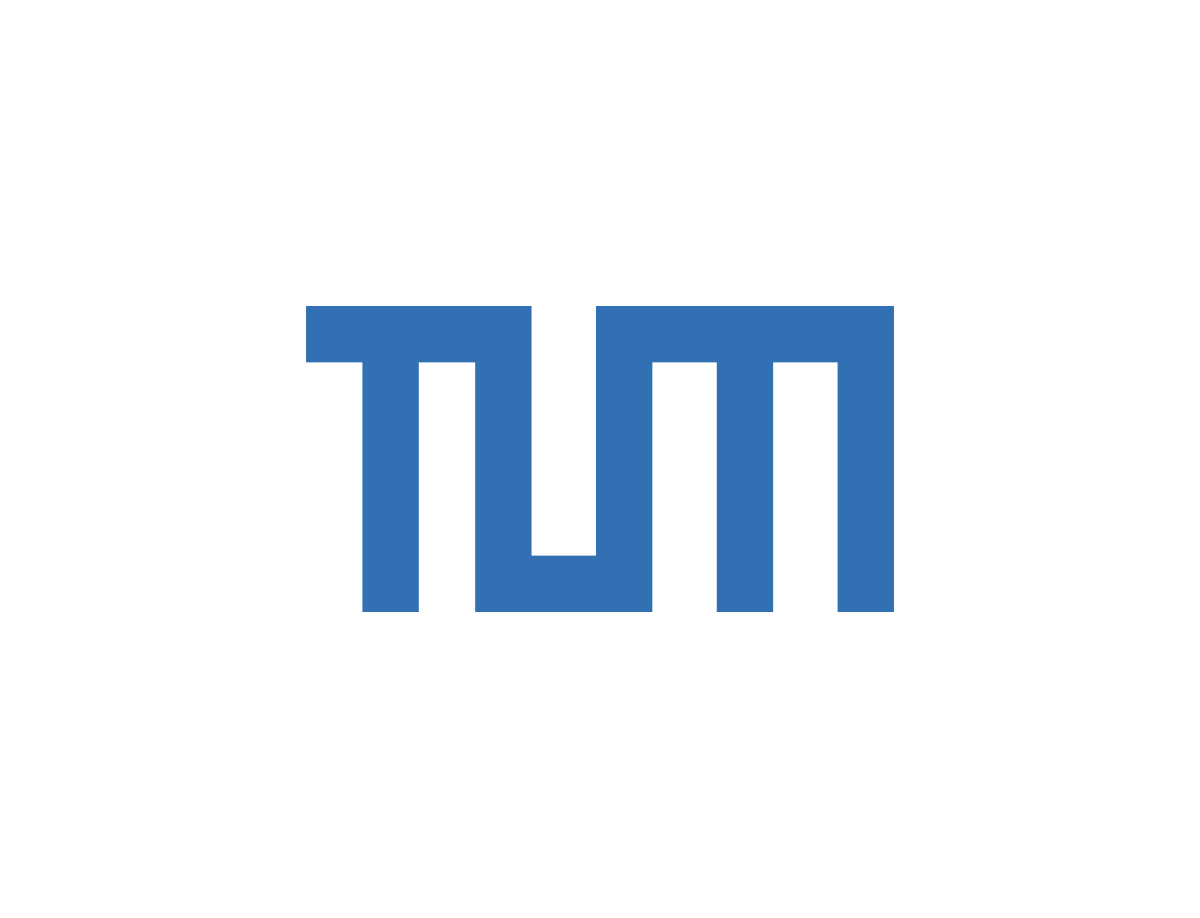Launching a New Era: Test Field Explores the Boundaries of Connected Mobility Systems
In the future the Technical University of Munich (TUM) will have its own test field for its mobility research. The facility in Taufkirchen/Ottobrunn near Munich will make it possible to investigate complex traffic scenarios under laboratory conditions. The laboratory will also support research on the interaction of the autonomous traffic systems of the future and their safe and standardized operation. The State of Bavaria is providing financial support to the project.
Bavarian Minister of Transport Christian Bernreiter and TUM President Prof. Thomas F. Hofmann signed a corresponding declaration at the ministry. The Bavarian government will provide 500,000 euros for the first phase. The test field, with a surface area larger than a soccer field, is already under construction. Industry partner and construction principal of the facility is the development corporation Industrieanlagen-Betriebsgesellschaft mbH (IABG); TUM will rent the test field.
Transportation minister Christian Bernreiter says: “I’m very glad to further expand our collaboration with TU Munich. It’s important that we conduct empirical research on the transfer of concepts relating to autonomous driving. This is true in particular when it comes to the safe interaction of the various kinds of motorists and different systems. In addition, as the Bavarian ministry for construction we are also very interested in the innovative and especially sustainable asphalt concept used for the test surface.”
TUM President Prof. Thomas F. Hofmann observes: “This modern test field is an important contribution to sustainable, intelligent mobility. Here we are uniting cutting-edge research with the conception of future-oriented transportation systems, ranging from vehicle, sensor and communication technologies all the way to the societal implications of electrified autonomous mobility. We want to create urban transportation for a sustainable future, working together with the business sector and a socially responsible policy approach.”
Sensor technologies and cybersecurity on the test field
The center of the test field is a variable intersection facility which allows the experimental investigation of a large number of complex traffic scenarios involving autonomous and human-driven motor vehicles, bicycles and pedestrians. One focus area will be on the safety of vulnerable traffic participants, such as pedestrians. Simulations including people depicted in Augmented Reality will be used to test hazardous situations in real time.
Prof. Klaus Bogenberger of the TUM Chair of Traffic Engineering and Control says: “The new test field makes test series implementation possible on a reliable and reproducible basis. This lets us adjust individual parameters in our research while the rest of the test environment retains the same conditions. This comparability is an absolute necessity in many areas of mobility research and is now viable directly at TUM as well.”
Research will also include topics such as inductive charging for electric cars, for example at traffic lights while waiting for the next green light. 5G and 6G antenna masts also make it possible for the scientists to operate their systems by remote control, especially important in the context of protection against possible cyber-attacks on autonomous vehicles. The topic of data security will also be a research focus area.

